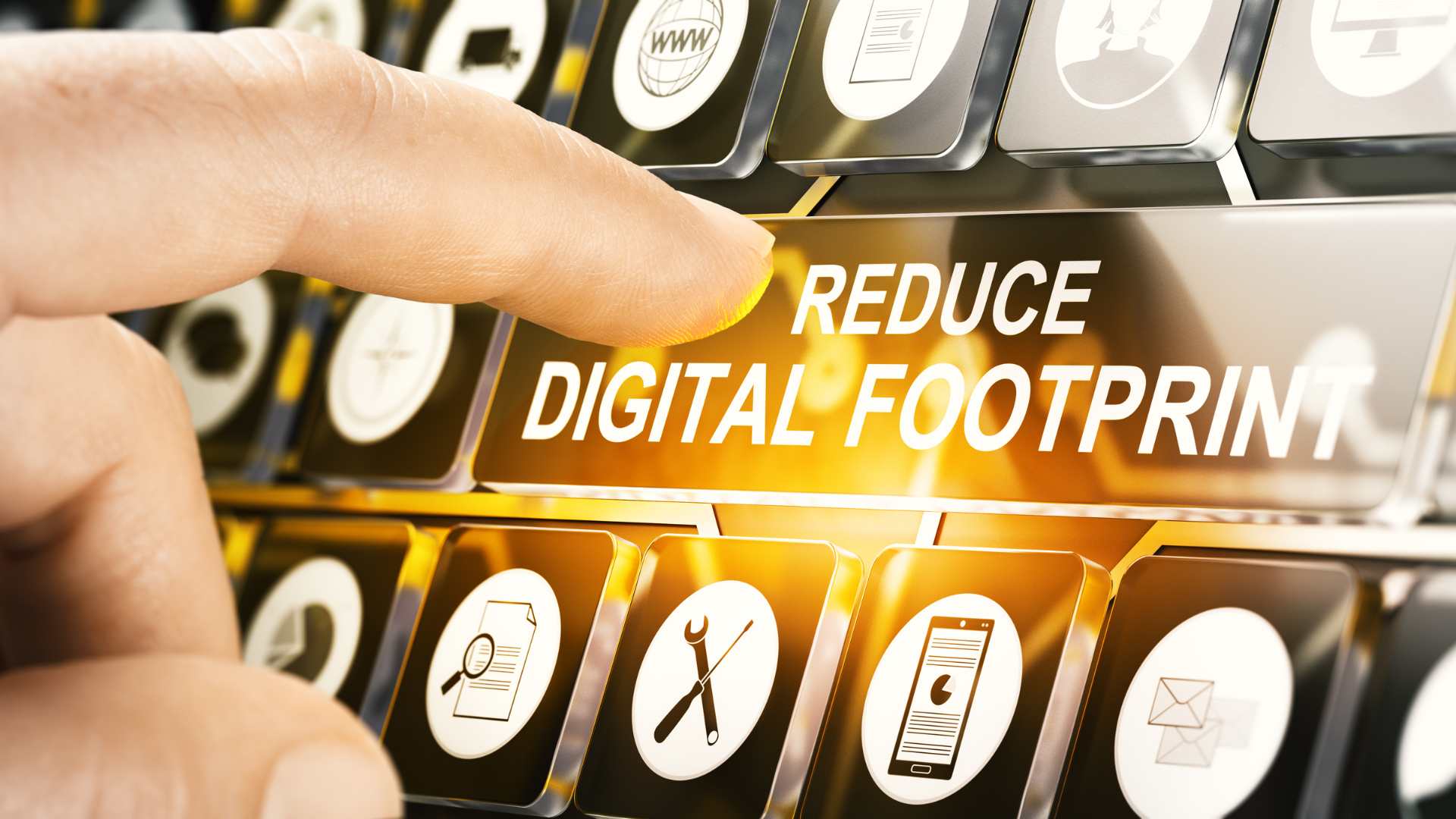
Specialist reveals 5 easy ways to reduce your digital footprint
Did you know you could easily clean up your digital footprint? An SEO expert reveals the five things you can do…

With internet and social media usage at an all-time high, maintaining a positive, clean online presence is more important than ever. Not only do a reported 70-90% of employers check a job candidate’s social media before an interview, but your digital footprint can affect your business, your college applications, and leave you vulnerable to identity theft.
“Whether you’re job hunting, building your brand, or simply wanting to reclaim your privacy, cleaning up your online footprint can be a daunting task,” says Julian Goldie, an expert in SEO. “But it’s not as bad as it sounds. With these five simple and practical strategies you can regain control of your digital presence.”
1. Review your privacy settings
The first step in cleaning up your digital footprint is to take a close look at your privacy settings across various platforms. Most social media sites and online services offer privacy controls that allow you to manage who can see your information and posts. Here’s how to get started on some of the bigger social media platforms:
- Facebook: Go to Settings > Privacy. Here, you can adjust who can see your posts, friend requests, and profile information. “Setting your profile to “Friends Only” will prevent most people from seeing it, protecting your privacy,” Julian says. “You can also customise who can see individual posts, allowing you to present fun things to friends and family and professional things to the outside world.”
- Instagram: Access Settings > Privacy to manage your account privacy. You can switch to a private account, ensuring only your followers see your content.
- Twitter: Visit Settings and Privacy > Privacy and safety to control who can interact with you and view your tweets.
Taking a few minutes to review and adjust your privacy settings can significantly reduce your digital footprint and protect your personal information.
2. Delete old accounts
Over time, we accumulate various accounts, some of which we no longer use or remember. These old accounts can be a liability as they might contain personal information hackers and scammers could access. To streamline your online presence, consider:
- Making a list: Start by listing all the websites and platforms where you have accounts. Include social media, forums, and shopping sites.
- Deleting unused accounts: Visit each site and look for the option to delete your account. If you can’t find it, consider searching for “how to delete an account on [website]” for guidance.
“Taking the time to delete old accounts can significantly decrease the chances of your information being exposed,” says Julian.
3. Unlink throwaway accounts from your personal emails
Many people create throwaway accounts for temporary use, like signing up for a newsletter or accessing a free trial. However, if these accounts are linked to your personal email, they’re a privacy risk. Here’s how to manage them:
- Identify throwaway accounts: Most services that collect your email will use it to send you something. Identify emails from services you no longer want to be subscribed to and make a list.
- Unlink or delete: Log into these accounts and unlink them from your personal email. If they’re no longer needed, consider deleting them entirely.
“Unlinking these accounts also has the added benefit of reducing the amount of spam that hits your inbox,” says Julian.
4. Remove outdated or unprofessional content
It’s common to post things in our youth that we later regret. From embarrassing photos to questionable comments, outdated content can tarnish your online reputation. To clean up your digital history:
- Google yourself: Start by searching your name online to see what content appears. Take note of anything that could be harmful or unprofessional.
- Request removal: For content on social media platforms, you can often delete posts or photos directly. If you find unwanted content on other sites, contact the website owner to request removal.
- Clean social media: Go right back into all your old posts and see what pops up. “You’d be surprised what embarrassing things you might’ve posted ten years or more ago that you don’t even remember,” says Julian.
“Cleaning up this content will make sure nothing odd pops up when potential employers or business partners search your name,” says Julian.
5. Manage public comments on forums or news articles
Public comments on forums or articles can remain visible long after the discussion has ended, and they can often be easily linked to you. To manage these comments:
- Review your comments: Go through forums and news sites where you’ve commented in the past. Look for posts that may not represent your current views or could be misinterpreted.
- Edit or delete: Many sites allow you to edit or delete your comments. Take the time to clean up any comments that don’t align with your current stance or may negatively impact your reputation.
By being proactive about your public comments, you can ensure your online persona reflects your current beliefs and values.